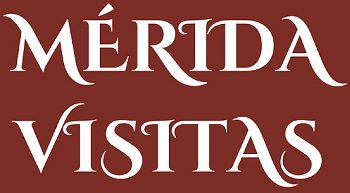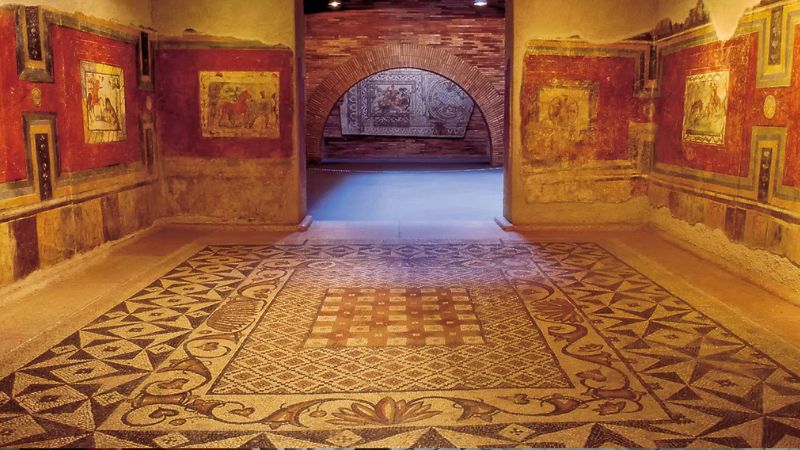
The National Museum of Roman Art (MNAR) in Mérida, Spain, is more than just a building housing art and artifacts; it is a monumental bridge between the past and the present. Inaugurated on September 19, 1986, this museum combines modernity with tradition, creating a dynamic space where Roman culture comes to life.
Designed by renowned architect Rafael Moneo, the MNAR is a monument in itself, reflecting the rich history of Mérida and acting as a catalyst for research and dissemination of Roman culture.
A Journey Through Time: History of MNAR
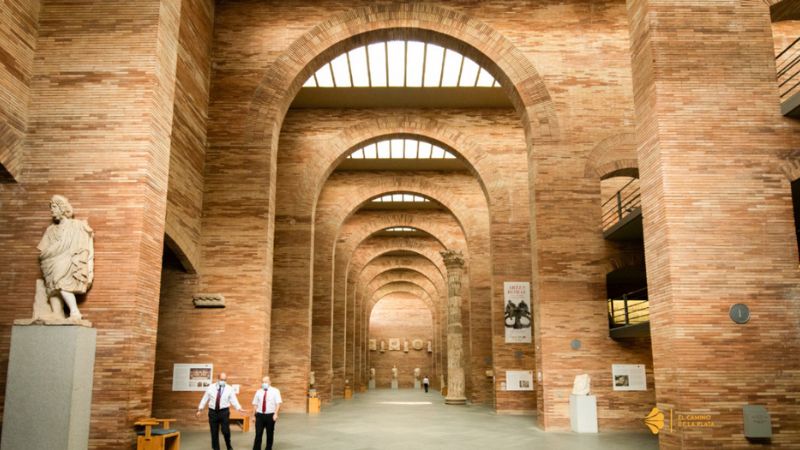
The origin of the museum dates back to the sixteenth century, when Fernando de Vera y Vargas began to form an epigraphic collection. This collecting was continued for generations, even after the destruction of his palace in the 19th century. The objects collected over time laid the foundations for what would eventually become the MNAR.
It was in 1975, during the celebration of the bimillenary of Mérida, when the creation of the National Museum of Roman Art was formalized, granting it national status, the first of its kind outside Madrid.
Eleven years later, the museum opened its doors in its current building, being inaugurated by the King and Queen of Spain in a symbolic ceremony that was also attended by the President of the Republic of Italy, thus reaffirming the historical ties.
Architecture that tells stories
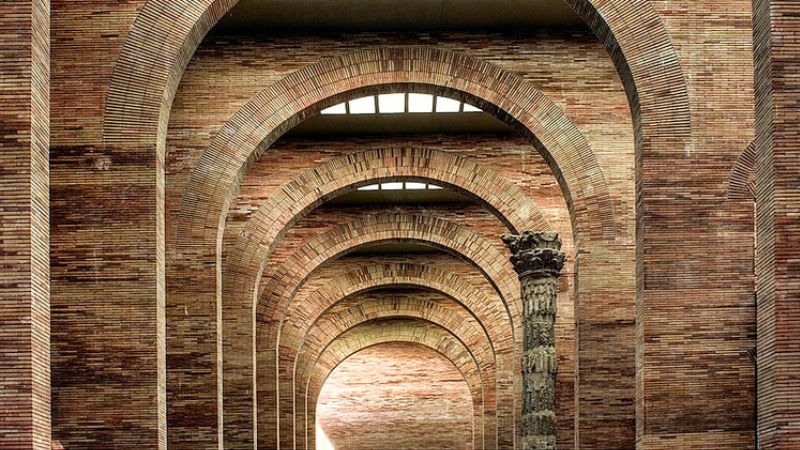
The museum’s design is a masterpiece by Rafael Moneo that has gained international recognition.
The architect’s main objective was for the building to have the essence of a Roman structure. Thus, the use of arches and zenithal lighting are not only aesthetic, but also functional and symbolic, creating a dialogue between continent and content.
The museum is divided into two volumes connected by a bridge, which adds an extra dimension to the space.
More than a Museum: A Research and Dissemination Center
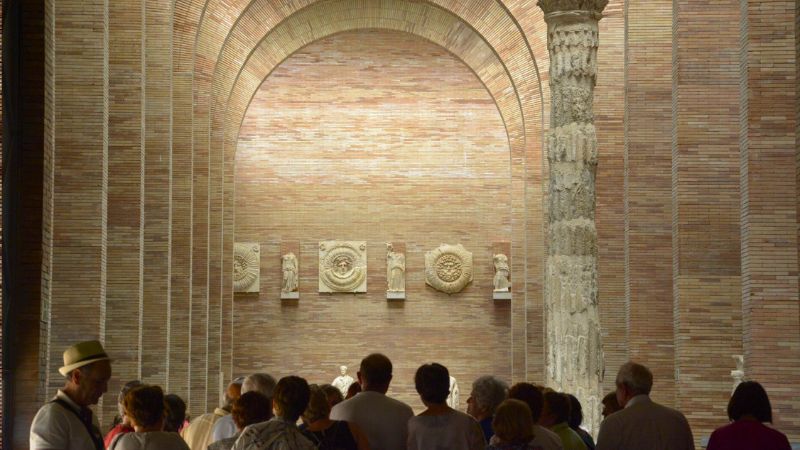
The MNAR is not just a container for artifacts; it is an active center for the research and dissemination of Roman culture.
It hosts a wide range of academic and cultural events, from conferences and seminars to exhibitions and workshops. This dynamism has positioned the museum as a reference in the field of Roman and Visigoth archaeology, both nationally and internationally.
Community integration
The MNAR maintains a close relationship with the local community through a diverse program that includes activities for all audiences.
It also has its own publication, Anas magazine, and an Association of Friends of the Museum that collaborate in the dissemination and support of the museum, demonstrating how it is intertwined with the social fabric of Merida.
Why visit the MNAR?
Nestled in the heart of Mérida, a UNESCO World Heritage site, the MNAR is a monument to the city’s rich history and a living testimony to its cultural legacy.
With more than 36,000 pieces on display and a growing number of visitors exceeding 200,000 annually, the MNAR is not just a museum, but a complete cultural experience.
More of Merida’s historical heritage
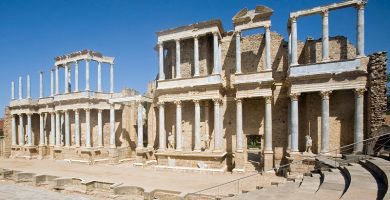
Roman Theater of Merida
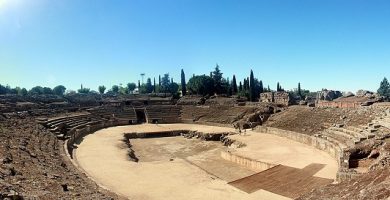
Mérida Roman Amphitheater
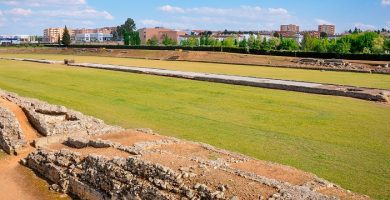
Roman Circus of Merida
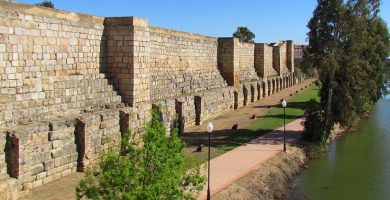
Moorish Alcazaba of Merida
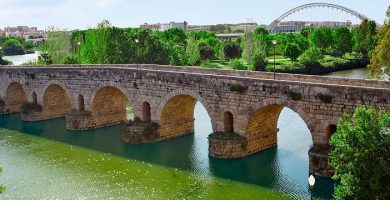
Roman Bridge of Merida over the Guadiana river
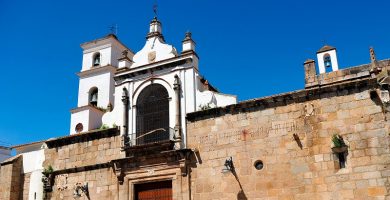
Co-cathedral of Santa María la Mayor of Mérida
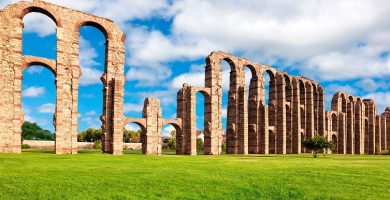
Los Milagros de Merida Aqueduct
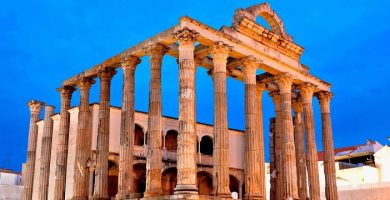
Roman Temple of Diana in Mérida
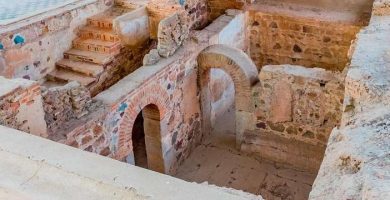
Casa del Mitreo House in Mérida
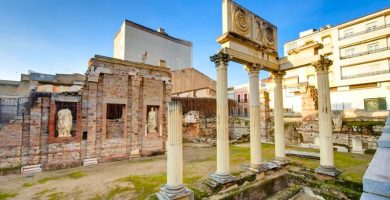
Portico of Merida’s Municipal Forum
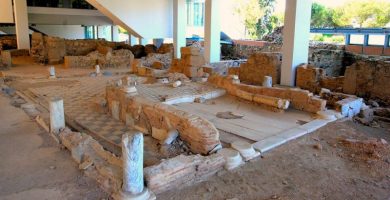
Morería de Mérida Archaeological Site

Plaza de España in Mérida
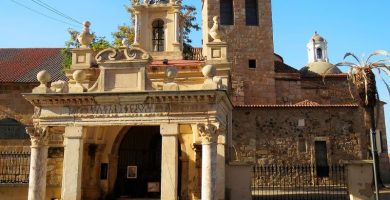
Basilica of Santa Eulalia in Mérida
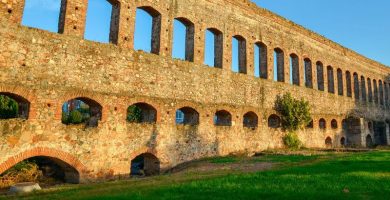
San Lázaro Aqueduct in Mérida
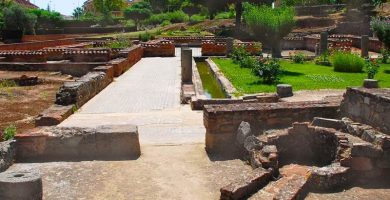
Merida Amphitheater House
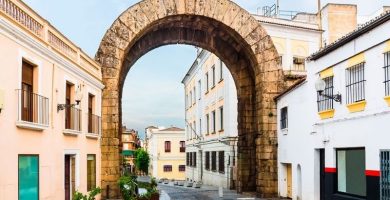
Trajan’s Arch of Mérida
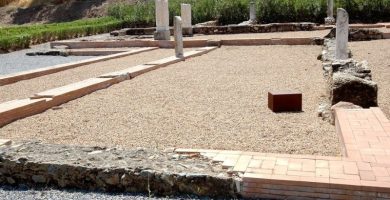
Mérida’s Xenodoquium
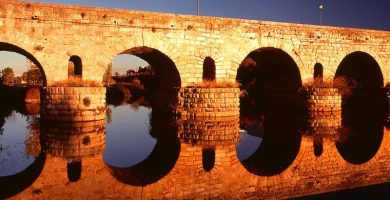
Roman Bridge over the Albarregas
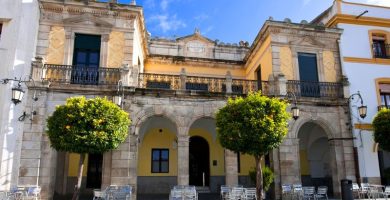
Círculo Emeritense in Mérida
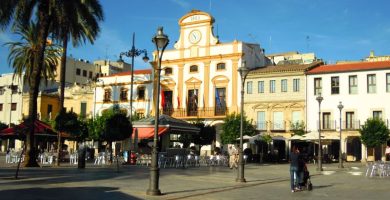
Mérida City Hall
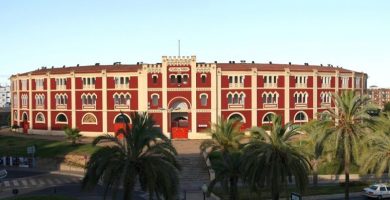
Bullring of Mérida
